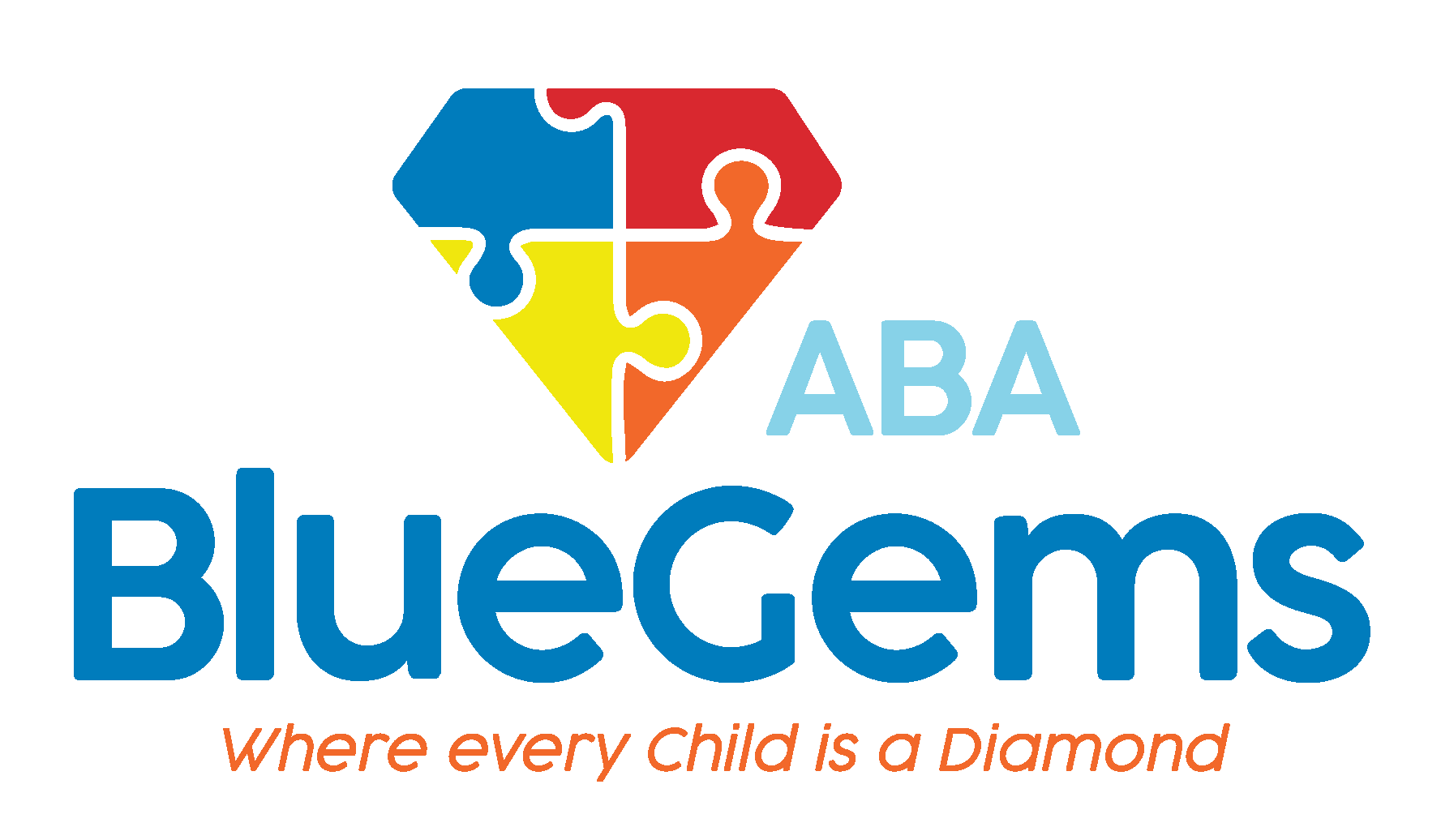Teaching Neurotypical Peers About Autism Inclusivity
The number of children with autism spectrum disorder (ASD) has been on the rise in recent years. In 2022, the U.S. Centers for Disease Control and Prevention estimated the autism prevalence to be one in 31 children, an increase from the estimate of one in 36 children from only two years prior.
What this means is that more neurotypical children and children with ASD in everyday settings.
Inclusivity for autistic individuals, and acceptance of autism, has come a long way in recent years. To continue that upward trend, it’s important to promote autism acceptance from an early age.

In this article, we’ll discuss some ways to teach neurotypical peers about autism inclusivity.
Table Of Contents
Organized School Activities
Schools can play a central role in teaching neurotypical peers about autism inclusivity. After all, the school environment is often the first place where children are introduced to peers who are different from them.
Inclusivity and acceptance are already major themes of many early childhood education programs. Teaching children about acceptance of others who are of different genders, races and cultural backgrounds, for example, is an important part of helping them navigate the world around them.
These efforts can and should be expanded to include acceptance of those with autism and other disabilities — if they aren’t already.
The programs can follow much of the same format that they do with other inclusivity topics. This includes hosting guest speakers, having classroom presentations, reading books and watching videos, and even role playing different scenarios.
For younger children, introducing the concept that everyone is unique in their own ways is a good start. As they get older, more detailed information can be shared about autism specifically, such as how it may affect individuals, and how important it is to accept them and be empathetic.
Special Focus
A great jumping-off point to autism inclusivity education is Autism Awareness Month, which is held in April every year. While teaching neurotypical peers about autism inclusivity should happen year-round, you can use April as a great way to start, continue and/or highlight the topic in school and at home.
Many non-profit organizations such as Autism Speaks produce extra marketing and teaching materials that can be used as a guideline for parents, teachers and others to teach children about autism.
This can again be done through reading books, watching videos and role-playing activities.
One of the best ways to teach neurotypical peers about autism inclusivity is by simply having a conversation. The adult leading the conversation can explain how people’s brains work in different ways, which is how we all become unique.
Then, explain how autism is just one way that our brains can work, and that people who have autism may communicate and think differently. By using positive words when describing what autism is, it will resonate in a more positive manner in children’s minds.
Invite the children to then ask questions, give feedback or speak their mind about. This will encourage more advanced understanding of autism and help break down barriers.
Formal Training
In some scenarios, it may be a good idea to bring formal training into the mix. This could prove especially helpful if you have some children on the autism spectrum and others who are not — either within your household or within a classroom.
During applied behavior analysis (ABA therapy) treatment, for example, therapists will integrate other members of the family into the program. Not only does this benefit the child with autism who is getting the therapy, but it also benefits other family members, who will gain a deeper understanding and acceptance of autism.
This formal “training” on autism inclusivity can focus on educating neurotypical peers about the specific differences they may encounter between themselves and individuals with autism, and how they can respect these differences.
It also can include ways they can be patient and understanding, and how they can be supportive. Role playing can help to reinforce these lessons, as well as help the children with autism to improve their social and communication skills.
Blue Gems ABA Promotes Autism Inclusivity
There are many ways to teach neurotypical peers about autism inclusivity, and it’s something that should happen from an early age in homes and in school settings. Advancing this education from an early age helps to not only increase children’s knowledge about the world around them, but also helps make environments more supportive of individuals with ASD.
At Blue Gems ABA, we promote autism inclusivity in a number of ways. Our experienced therapy teams work directly with parents, caregivers and family members of children with autism to educate them about ASD and how best to support their child.
To learn more, please contact us today.




